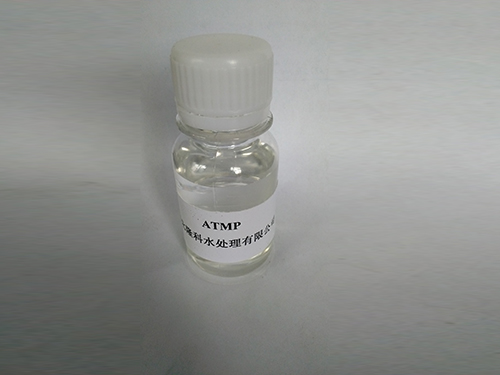Versatile Applications of Amphoteric Polyacrylamide in Modern Industries and Water Treatment Solutions
Amphoteric Polyacrylamide Properties, Applications, and Environmental Considerations
Amphoteric polyacrylamide (APAM) is a versatile polymer that has garnered significant attention in various fields, particularly in water treatment, agriculture, and industrial applications. This unique material exhibits both positive and negative charge characteristics, allowing it to interact with a diverse range of substances. As a result of its amphoteric nature, it has become an essential component in several processes, enhancing efficiency and effectiveness.
Chemical Structure and Properties
Amphoteric polyacrylamide is a synthetic polymer derived from acrylamide monomers. Its unique structure is characterized by the incorporation of both cationic and anionic groups. This dual-charge property enables APAM to function in various pH conditions, making it suitable for a wide array of applications. The polymer can form complex associations with other charged particles, including colloids, sediments, and organic materials, which enhances its effectiveness in diverse environments.
The molecular weight of APAM can vary significantly, affecting its viscosity and the efficiency of its interactions with other compounds. Typically, the molecular weight ranges from low (up to a few thousand) to very high (over several million). The choice of molecular weight is crucial depending on the application, as higher molecular weights typically enhance flocculation and sedimentation processes.
Applications in Water Treatment
One of the most significant applications of amphoteric polyacrylamide lies in the field of water treatment. APAM is widely utilized as a flocculant and coagulant aid in municipal and industrial wastewater treatment plants. When introduced into wastewater, APAM facilitates the aggregation of suspended particles, leading to the formation of larger flocs that can be easily separated from the liquid phase. This process improves the clarity of the treated water and reduces the load on downstream filtration processes.
Additionally, APAM's amphoteric nature allows it to effectively treat water with varying ionic strengths and pH levels. In specific conditions, it can enhance the removal efficiency of heavy metals, nutrients, and other contaminants, making it a valuable tool in environmental remediation efforts.
amphoteric polyacrylamide

Role in Agriculture
The agricultural industry has also found numerous applications for amphoteric polyacrylamide. It is commonly used as a soil conditioner, helping to improve soil structure and water retention. By promoting the aggregation of soil particles, APAM enhances aeration and root penetration, benefiting crop growth.
Moreover, APAM can reduce soil erosion by stabilizing soil aggregates, thereby minimizing the loss of nutrients and water. When used in irrigation systems, it improves the efficiency of water usage, ensuring that crops receive adequate moisture while reducing runoff.
Environmental Considerations
Despite its numerous advantages, the use of amphoteric polyacrylamide raises specific environmental considerations. The production of APAM involves the polymerization of acrylamide, a substance that is considered toxic at high concentrations. As such, there is a need for stringent regulations regarding its handling and application to prevent potential harm to human health and the environment.
Moreover, the biodegradability of APAM is a crucial factor to consider. While it is generally considered to have low toxicity, its persistence in the environment can lead to long-term ecological effects. Research is ongoing to develop more environmentally friendly alternatives and to investigate ways to enhance the biodegradability of synthetic polymers.
Conclusion
Amphoteric polyacrylamide has established itself as a critical material across various sectors due to its unique properties and functionalities. Its applications in water treatment and agriculture highlight its effectiveness in enhancing efficiency and promoting sustainability. However, the environmental implications of its use cannot be overlooked, necessitating ongoing research and regulatory oversight. As innovation continues, the development of safer, biodegradable alternatives will be essential in ensuring that the benefits of amphoteric polyacrylamide can be enjoyed without compromising environmental integrity. Balancing its application with ecological considerations will pave the way for more sustainable practices in industries that rely on this multifaceted polymer.
-
lk-319-special-scale-and-corrosion-inhibitor-for-steel-plants-advanced-solutions-for-industrial-water-systemsNewsAug.22,2025
-
flocculant-water-treatment-essential-chemical-solutions-for-purification-processesNewsAug.22,2025
-
isothiazolinones-versatile-microbial-control-agents-for-industrial-and-consumer-applicationsNewsAug.22,2025
-
scale-inhibitor-key-solutions-for-water-system-scale-preventionNewsAug.22,2025
-
organophosphonates-versatile-scale-inhibitors-for-industrial-water-systemsNewsAug.22,2025
-
scale-and-corrosion-inhibitor-essential-chemical-solutions-for-water-system-maintenanceNewsAug.22,2025





